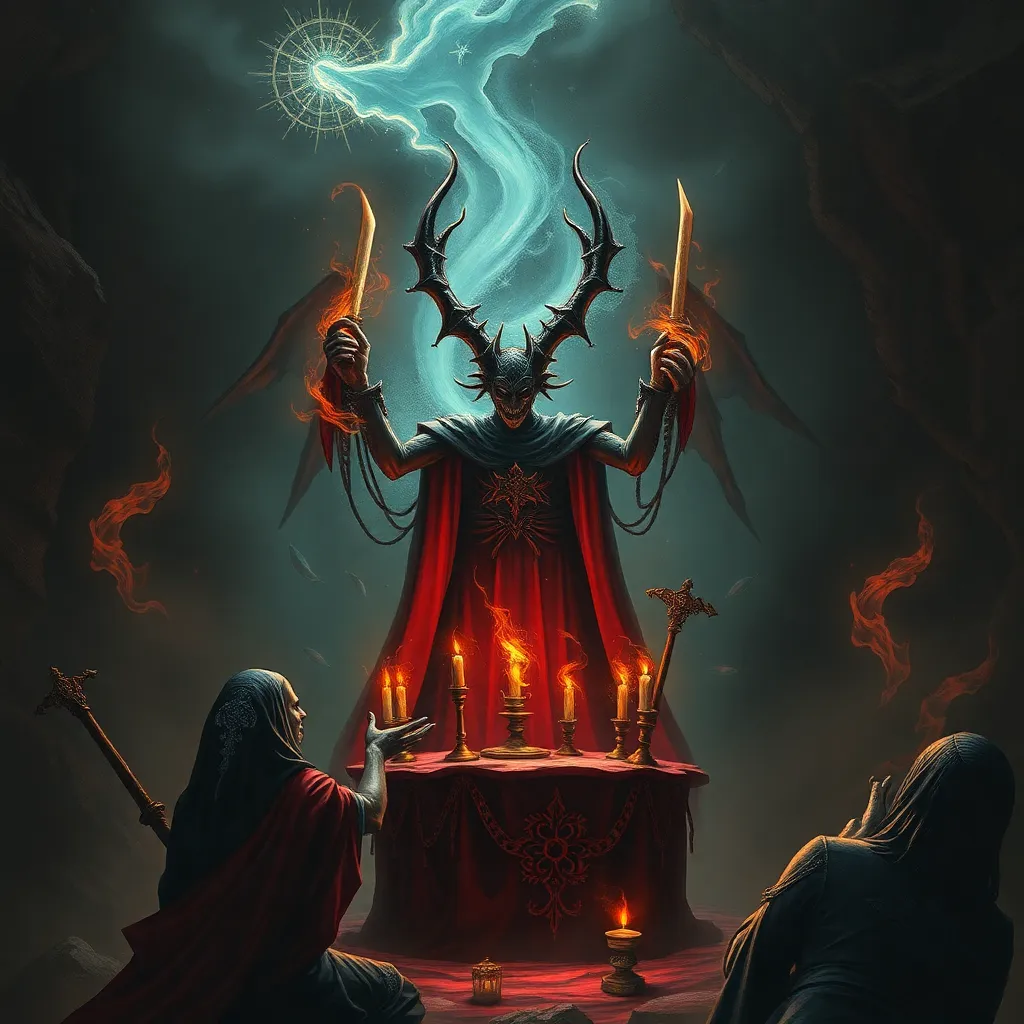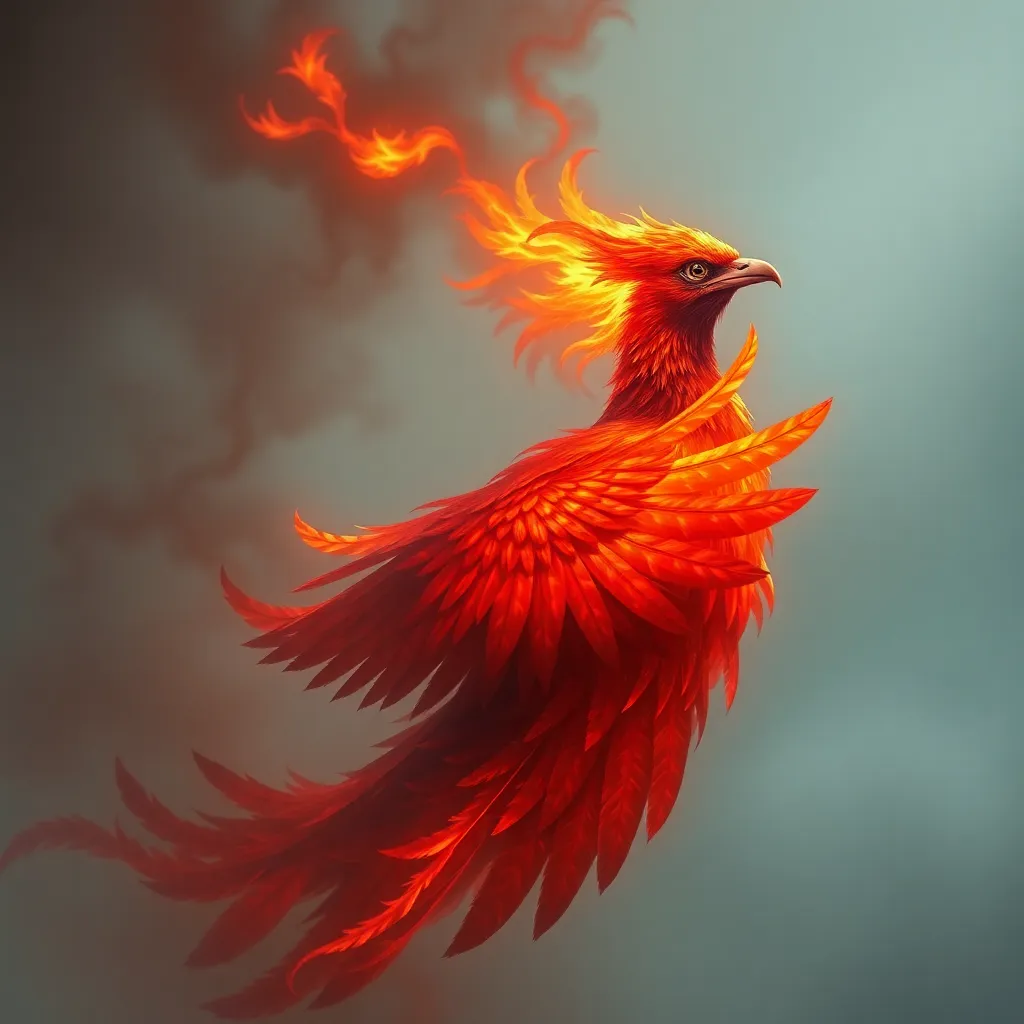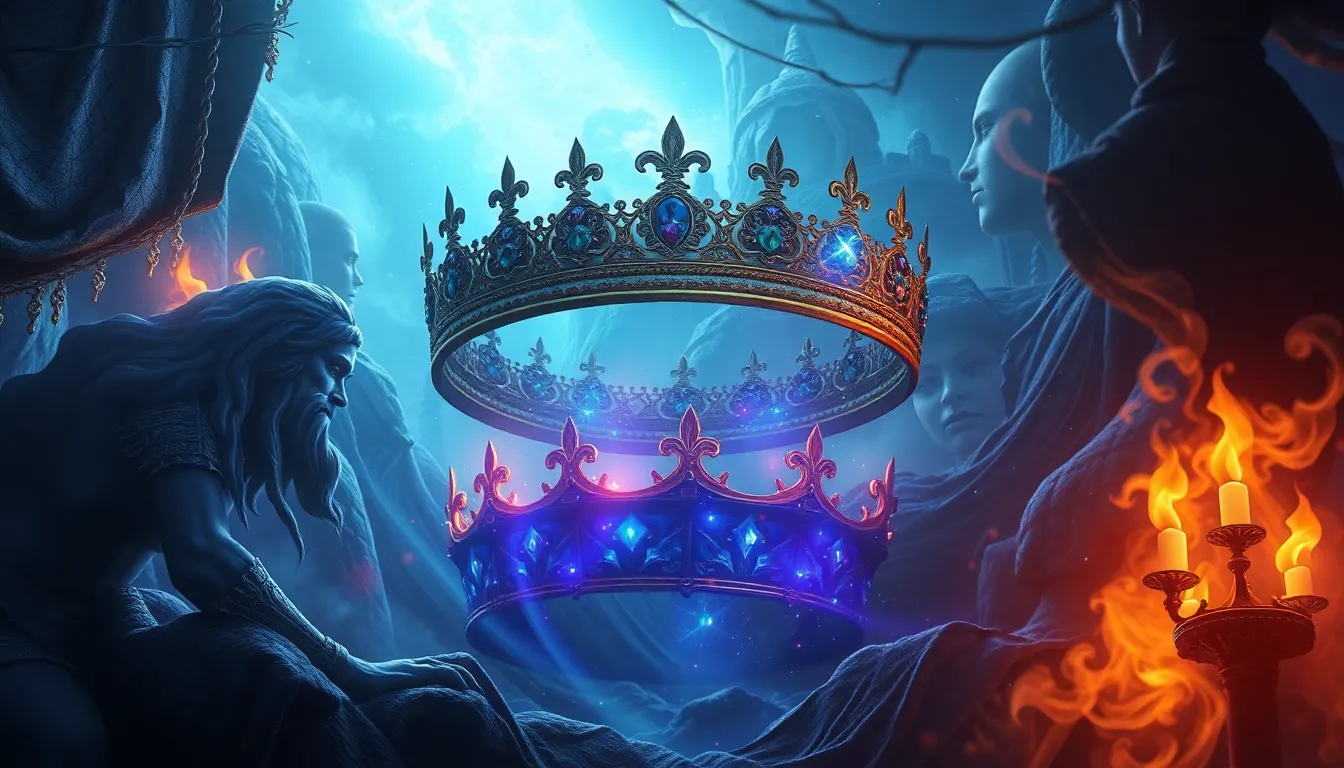The Strigoi and the World of Magic: Exploring the Use of Spells and Rituals
I. Introduction
The term Strigoi refers to a type of undead creature from Romanian folklore, akin to vampires but with distinct characteristics and lore. These beings are believed to be the spirits of the deceased who rise from their graves to haunt the living, embodying the fears and superstitions prevalent in Eastern European societies. The significance of Strigoi extends beyond mere horror stories; they serve as a reflection of societal fears, taboos, and the interplay of life and death.
This article aims to explore the intricate relationship between Strigoi, the use of spells, and the rituals that surround them, illuminating how these elements are woven into the fabric of folklore and magical practices.
II. Historical Context of Strigoi
The origins of the Strigoi legend can be traced back to Eastern European folklore, particularly within Romania. These mythical entities have been part of the cultural landscape for centuries, often seen as manifestations of the collective fears surrounding death and the afterlife.
Over time, the myths surrounding Strigoi have evolved, influenced by various historical events, societal changes, and the merging of different cultural beliefs. For instance, the arrival of Christianity led to the reinterpretation of these creatures, blending pagan beliefs with religious narratives.
Cultural variations of Strigoi exist across different regions, with each locality adding unique elements to the lore. In some areas, Strigoi are depicted as malevolent spirits, while in others, they may have protective qualities or serve as guardians of the living.
III. Characteristics and Types of Strigoi
Strigoi possess both physical and supernatural attributes that distinguish them from other mythical beings. Typically described as pale, gaunt, and with dark, sunken eyes, they are often depicted as resembling their living forms but with an otherworldly presence.
There are two primary types of Strigoi:
- Strigoi morti: These are the spirits of the deceased who have risen from the grave, often seeking revenge or to fulfill unfinished business.
- Strigoi vii: Living individuals who are believed to possess supernatural abilities, such as the power to transform into animals or influence the minds of others.
The role of Strigoi in society reflects deep-rooted fears and taboos, often serving as a cautionary tale about the consequences of moral transgressions or the dangers of the unknown.
IV. The Role of Magic in Strigoi Lore
Magic is intricately linked to the lore of Strigoi, with various magical practices emerging to either summon these entities or protect against them. Folk magic traditions often include the use of spells, charms, and rituals that are believed to influence the power of Strigoi.
Common spells and rituals associated with Strigoi include:
- Incantations to repel Strigoi from homes and fields.
- Rituals performed during specific lunar phases, believed to enhance magical potency.
- Offerings made to appease restless spirits.
Amulets and talismans play a significant role in Strigoi-related magic, often crafted from natural materials and inscribed with protective symbols or prayers to ward off evil influences.
V. Rituals for Protection and Exorcism
Traditional rituals designed to ward off Strigoi have been practiced for generations. These often involve communal efforts, where entire villages may come together to perform protective rites.
Some common rituals include:
- Burning items belonging to the deceased to prevent their return.
- Creating barriers around homes using specific herbs or salt.
- Conducting exorcisms led by local spiritual leaders.
The importance of community involvement is paramount in these rituals, as collective belief and action are thought to amplify the protective effects. In contemporary settings, some of these rituals have adapted to modern practices, blending old traditions with new spiritual beliefs.
VI. The Intersection of Strigoi and Modern Witchcraft
Strigoi legends continue to influence modern magical practices, particularly within witchcraft and pagan communities. Many contemporary practitioners incorporate elements of Strigoi lore into their rituals, often viewing them as symbolic representations of personal transformation and empowerment.
Case studies of practitioners reveal a diverse range of interpretations and uses of Strigoi elements, such as:
- Utilizing Strigoi symbols in rituals for protection and strength.
- Exploring the themes of death and rebirth associated with Strigoi in personal growth practices.
- Engaging in storytelling to connect with ancestral spirits and honor cultural heritage.
VII. The Cultural Impact of Strigoi in Popular Media
The portrayal of Strigoi in literature, film, and television has significantly shaped public perception and understanding of these creatures. Their representations often oscillate between terrifying monsters and tragic figures, highlighting the complexity of their lore.
Popular media have both honored and distorted the original folklore, leading to a broader discourse on the nature of evil and the supernatural. Some notable examples include:
- Vampire novels that draw inspiration from Strigoi, such as those by Bram Stoker.
- Films that depict Strigoi in a modern context, often blending horror and romance.
- Television series that explore themes of immortality and the human condition through the lens of Strigoi lore.
This interplay between folklore and fictional adaptations raises questions about cultural preservation and the responsibilities of storytellers to honor the original narratives while exploring new themes.
VIII. Conclusion
In summary, the Strigoi legend is a rich tapestry of folklore that intertwines with magic, societal fears, and cultural identity. From their historical origins to their modern adaptations, Strigoi continue to captivate the imagination and inspire both fear and reverence.
The enduring legacy of the Strigoi in magic and culture underscores the importance of preserving folklore and magical traditions. As we navigate the complexities of contemporary spirituality, the stories of Strigoi remind us of our connection to the past and the power of belief in shaping our reality.
Ultimately, the exploration of Strigoi not only enriches our understanding of folklore but also invites us to reflect on the deeper meanings of life, death, and the magic that permeates our existence.



